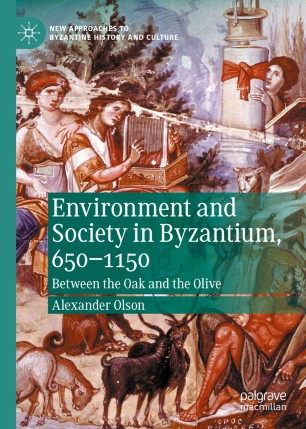

Most ebook files are in PDF format, so you can easily read them using various software such as Foxit Reader or directly on the Google Chrome browser.
Some ebook files are released by publishers in other formats such as .awz, .mobi, .epub, .fb2, etc. You may need to install specific software to read these formats on mobile/PC, such as Calibre.
Please read the tutorial at this link: https://ebookbell.com/faq
We offer FREE conversion to the popular formats you request; however, this may take some time. Therefore, right after payment, please email us, and we will try to provide the service as quickly as possible.
For some exceptional file formats or broken links (if any), please refrain from opening any disputes. Instead, email us first, and we will try to assist within a maximum of 6 hours.
EbookBell Team

4.0
96 reviewsThis book illuminates Byzantines' relationship with woodland between the seventh and twelfth centuries. Using the oak and the olive as objects of study, this work explores shifting economic strategies, environmental change, and the transformation of material culture throughout the middle Byzantine period. Drawing from texts, environmental data, and archaeological surveys, this book demonstrates that woodland's makeup was altered after Byzantium's seventh-century metamorphosis, and that people interacted in new ways with this re-worked ecology. Oak obtained prominence after late antiquity, illustrating the shift from that earlier era's intensive agriculture to a more sylvan middle Byzantine economy. Meanwhile, the olive faded into the background, re-emerging in the eleventh and twelfth centuries thanks to the initiative of people adapting yet again to newly changed political and economic circumstances. This book therefore shows that Byzantines' relationship with their ecology was far from static, and that Byzantines' decisions had environmental impacts.